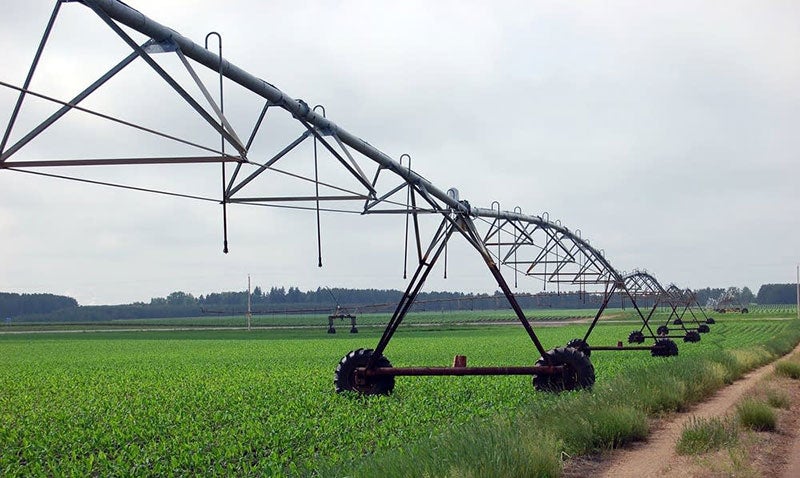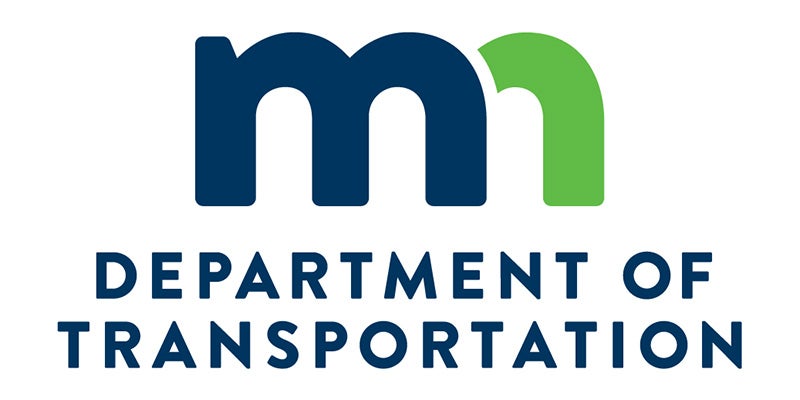Care about the environment? Here’s what to watch in the new Legislature
Published 7:59 am Thursday, January 10, 2019

- The new state Legislature -- the only divided state legislature in the country -- begins its 2019 session Tuesday. We look at the environmental issues facing this year's group. Tom Robertson | MPR News file
Elizabeth Dunbar, Dan Gunderson, Kirsti Marohn
MPR News/90.1 FM
Road salt and crop fertilizer are polluting Minnesota’s waters, greenhouse gas emissions aren’t being reduced as fast as some would like, and people are concerned about the welfare of critters from bees to deer.
Lawmakers headed to the Capitol this week will likely face these, and many other, environmental issues as they begin the 2019 legislative session.
At the top of the Legislature’s to-do list this session: Passing a two-year budget deal by summer. But in the past, budget priorities haven’t stopped lawmakers from making headway on policy issues.
With a new Democratic governor and DFLers seizing control of the Minnesota House, environmental groups are expected to push hard for legislation aimed at improving water quality and addressing climate change. Traditionally, DFLers have been more friendly toward those pushing for environmental protection.
“Minnesotans know we’re facing a serious threat from global warming, and it’s not just future generations. It’s all of us and it’s right now,” said Rep. Jean Wagenius, DFL-Minneapolis, who will chair the new House Energy and Climate Finance and Policy Division.
“There are lots of solutions, but clearly, some of them are going to include moving much faster on adopting renewable energy, moving much faster on adopting electric vehicles and energy storage,” Wagenius said.
Any new energy regulations will face skepticism from Republican state senators, who hold the majority in their chamber. State Sen. David Osmek, R-Mound, who oversees energy issues in the Senate, said top of mind for him is how state energy policies affect residents’ and businesses’ utility bills.
“I think there’s some room for negotiations, and I’m more than willing to listen to proposals. But in the end, if it doesn’t make energy more affordable, plentiful and reliable, it may not leave my committee,” he said. The idea of increasing energy storage in the state, he said, likely has bipartisan support.
From energy storage to pollinators, here are the environmental issues to watch this session.
Nitrogen fertilizer rule
Drinking water contamination from nitrates is a growing concern in parts of Minnesota.
The Dayton administration pushed to adopt restrictions on how farmers can apply nitrogen fertilizer, the biggest source of nitrates in groundwater. The regulations were supported by environmental groups but met with resistance from some farmers.
Last year, the Legislature delayed the Minnesota Department of Agriculture’s adoption of the restrictions — called the Groundwater Protection Rule — until after the 2019 session.
There likely will be attempts to revisit the rule during this session.
Road salt
There’s a growing number of water bodies in Minnesota that are contaminated with chloride, mainly due to road salt running off of streets and into waterways.
Cities, counties and the state Department of Transportation have been reducing their salt use. Last session, there was a push to offer liability protection to private contractors who clear driveways, parking lots and sidewalks if they become certified in “smart salting” techniques.
That bill failed to pass last year, but the issue is expected to return this year.
Buffer compensation
The Dayton administration pushed through a requirement for landowners to plant vegetative buffers — strips of land planted with perennial vegetation along waterways and drainage ditches — to help filter out pollutants like nitrogen and phosphorus from runoff. The deadline for farmers to have all buffers in place was Nov. 1, 2018, but state and local officials are giving farmers some leeway because of widespread wet conditions last fall. Compliance and enforcement of the new rules will likely start in earnest this spring.
Farmers are pushing for property tax credits for the land that they have taken out of production and turned into buffer strips. But a proposal to use Legacy Amendment dollars to pay for the tax credits met with resistance from some lawmakers.
Water infrastructure
Many Minnesota cities are faced with having to make costly upgrades and repairs to aging drinking water and wastewater treatment systems.
Although the Legislature typically passes large borrowing bills for public works projects in even-numbered years, some legislators will likely push to pass a bonding bill this year that includes money for water projects.
There’s also likely to be a debate over the Legislature’s action last year to use money from the lottery fund set aside for natural resources to help pay for infrastructure projects.
Several conservation groups sued to stop that action, saying the fund wasn’t intended to pay for needed infrastructure. At least one legislator has authored a bill to reverse last year’s action.
Climate change
Minnesota is not meeting the goals set in 2007 to reduce greenhouse gas emissions across all economic sectors.
There are already signs that we’ll hear about climate change more often this year. The DFL-controlled House has a committee with “climate” in its title — the Energy and Climate Finance and Policy Division — that will begin reviewing the effects of climate change in Minnesota. And Gov. Walz has said it would be irresponsible for Minnesota not to do its part to address climate change.
But how? It’s unclear so far, but ideas are percolating. One proposal would call for planting a million trees in Minnesota and choosing tree varieties that will thrive under changing climate conditions.
Renewable energy mandate
Minnesota is on track to achieve its goal of having renewable energy make up 25 percent of its energy mix by 2025.
Bills to require utilities to generate 50 percent or more of their electricity from renewable sources by 2030 have gone nowhere in recent years, but we’re likely to see environmental groups put more pressure on the Legislature to move in that direction. Some utilities, including Xcel Energy, have said they are already planning to achieve higher percentages of renewable energy by 2030.
Even if Walz and the Democrats in the Minnesota House make increasing the renewable energy mandate a priority, they will have to persuade the Republican-controlled Senate to go along with their plan.
Energy storage
The strategy of energy storage — stashing away renewable energy in batteries for use when electricity demand is high — is getting a lot of buzz in Minnesota. Studies have shown that in certain situations, it can be cheaper to use stored energy than to power up a natural gas plant or build new power plants.
Legislative leaders from both parties have expressed interest in various policies aimed at making Minnesota a leader in adopting energy storage, so watch for progress on this issue.
Community solar
Minnesota passed legislation in 2013 that established goals for solar energy generation and a community solar garden program. Through the program, residents and businesses can pay for a subscription to community solar gardens and get credit on their energy bills for the energy the solar array produces, without having to install panels on their own rooftops.
But critics of the program say energy from solar gardens is more expensive than larger utility-scale solar projects. They want to limit the growth of community solar. Xcel Energy is among those calling for changes to the program. It’s not yet clear how the community solar program would change, but it could come up as part of a larger compromise on energy policy.
Chronic wasting disease
Chronic wasting disease — a brain disease in deer and elk with no vaccine and no cure currently — will be an issue again this year.
DFL House lawmakers are expected to push bills they introduced last year but failed to pass, including one to establish and fund a program to buy out deer and elk farms in Minnesota.
A 2018 legislative auditor’s report said the Minnesota Board of Animal Health failed to adequately regulate deer and elk farms.
Pollinators
A task force created by former Gov. Dayton made several recommendations for lawmakers to consider that would offer protections for bees and butterflies.
Lawmakers will likely debate some of them this session. Among them are: proposals to increase funding and implement land use requirements to create more pollinator-friendly habitat with wildflowers and native plants, as well as restrictions on the use of insecticides that are known to harm bees.
Any effort to put limits on pesticide use by farmers will be controversial and likely face stiff opposition.



